A few things to take note – Firstly, the official English name for Battleflag is ‘Popo’ (*no idea what that’s supposed to mean). The name ‘Battleflag’ is the direct translation of its Chinese name. Secondly, though I am reviewing Crystal, it is not the same Crystal currently on the market. There have been several batches of Crystal being released in the past, and mine belongs to the previous batch. As far as I know, the same IEM is now being referred as Golden Crystal. So even though I am reviewing Crystal, you can equal it to the Golden Crystal as the current Crystal is a different sounding IEM of its own. Confusing? Yes, but we will leave that discussion to the build quality section.
The price on this models are: Battleflag – US$59; (Golden) Crystal – USD$199; PAA-1 Pro – US$49; Living - US$149.
Spec
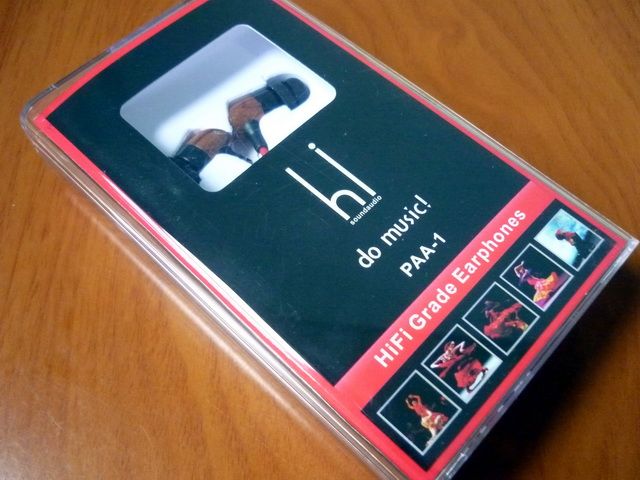
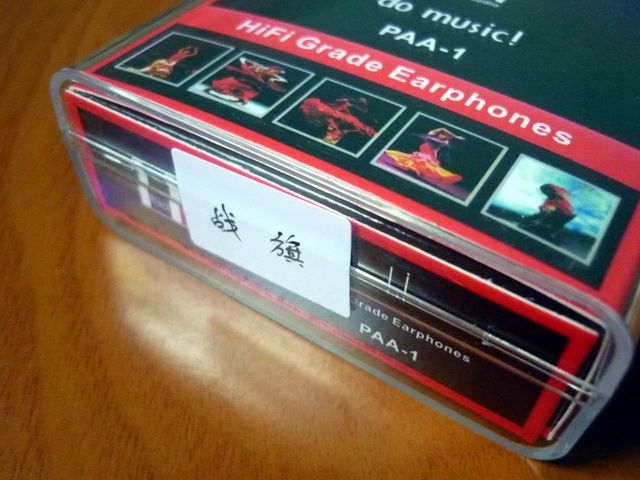
Battleflag (Popo)
Driver: 9mm Dynamic
Rated impedance: 16Ω
Sensitivity: 110dB
Frequency Response: 16kHZ-23kHZ
Channel Balance: ≤127dB (@1kHz)
Plug size: 3.5mm
Cord length: 126cm
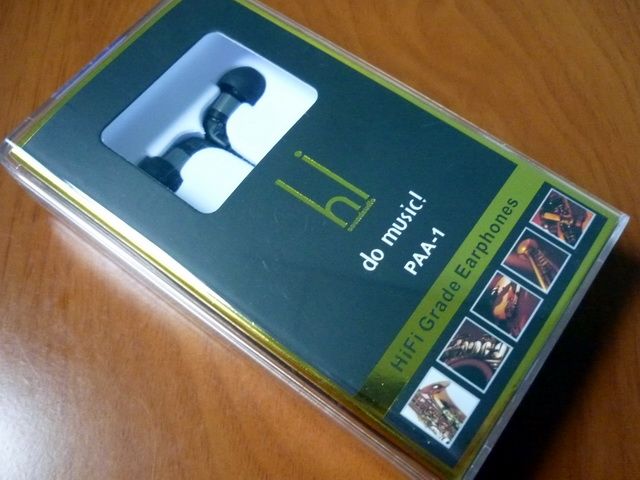

Crystal
Driver: 5mm Dynamic
Rated impedance: 16Ω
Sensitivity: 110dB
Frequency Response: 15kHZ-23kHZ
Channel Balance: ≤125dB (@1kHz)
Plug size: 3.5mm
Cord length: 124cm
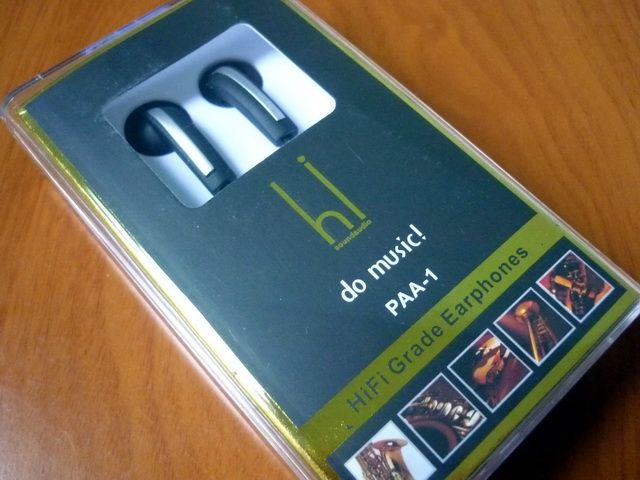
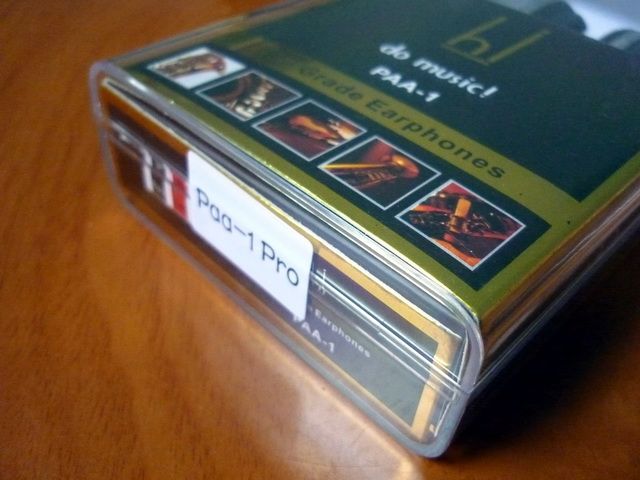
PAA-1 Pro
Driver: 16mm Dynamic
Rated impedance: 32Ω
Sensitivity: 105dB
Frequency Response: 17kHZ-22kHZ
Channel Balance: ≤120dB (@1kHz)
Plug size: 3.5mm
Cord length: 124cm
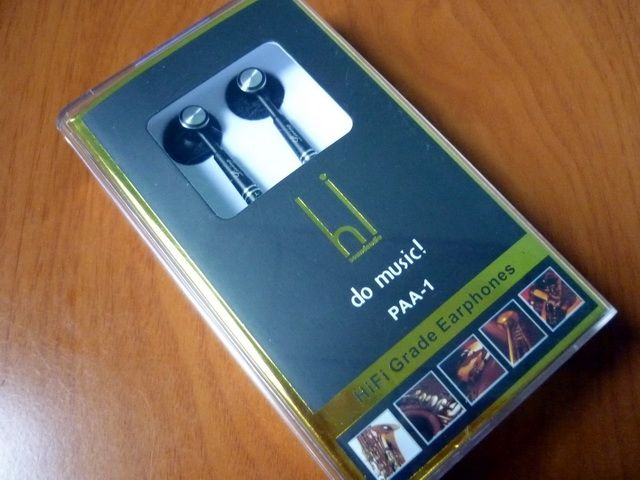
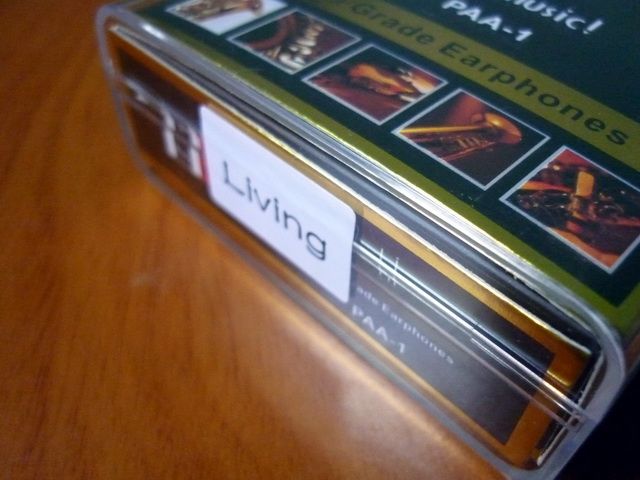
Living
Driver: 16mm Dynamic
Rated impedance: 32Ω
Sensitivity: 110dB
Frequency Response: 16kHZ-23kHZ
Channel Balance: ≤125dB (@1kHz)
Plug size: 3.5mm
Cord length: 124cm
Here is one of HSA’s biggest ‘weakness’, and probably one that is most complained about – the lack of proper spec. While there are some description of difference models on HSA’s official Chinese webstore, most are ads rather than proper spec. Spec can be misleading sometime, but at least it will give some idea to the buyer. Given the price of these models, I think there is big room for improvement. The specs above are grabbed from eBay, which is better than having nothing listed at all.
Packaging, Accessories and Build Quality
As I have mentioned, the models I have are from the older batch, so the packaging are not the same anymore. Regardless, there are a few points that I thought needed to be addressed. Most HSA earphones come in plastic hard case, which aren’t bad at all. The problem is HSA uses color instead of model name and printing to differential the models. For example, Battleflag has a red paper lining while Crystal, PAA-1 Pro and Living use gold lining, yet everything on the box is labeled as PAA-1 and every spec is the same. The only difference on the box is a sticker that tells you the name of the models. While cutting corner on printed material might suffice for a short while, HSA really should put in some work on their packaging in the long run. It certainly will help to lift up the DIY’ish image of the brand.
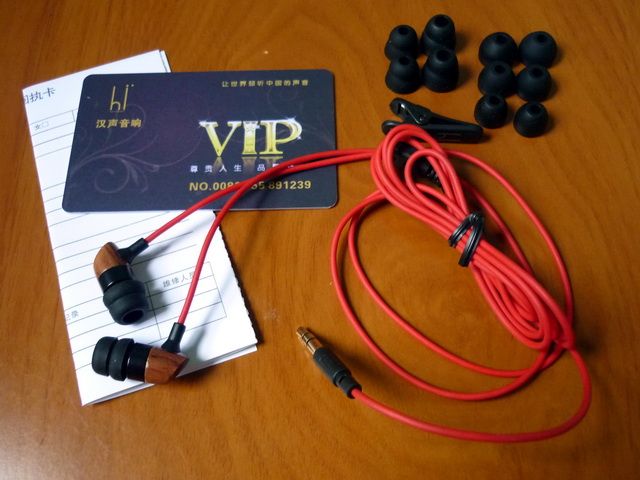

Accessories are actually pretty standard on the previous batch. Old Battleflag comes with three double flanges and three single flanges eartips and a shirt clip. The latest batch adds three triple flanges eartips and a soft pouch. Crystal comes with only shirt clip and three single flanges, which is really slim for its price tag. The good news is the latest batch offers much better outer case, as well as more eartips and a hard case – definitely more befitting for a flagship. For PAA-1 Pro and Living, you will also get a shirt clip and a few replacement foam pad (Living has more), plus a 1/8’ to ¼’ plug adapter. The latest batch adds a soft pouch.
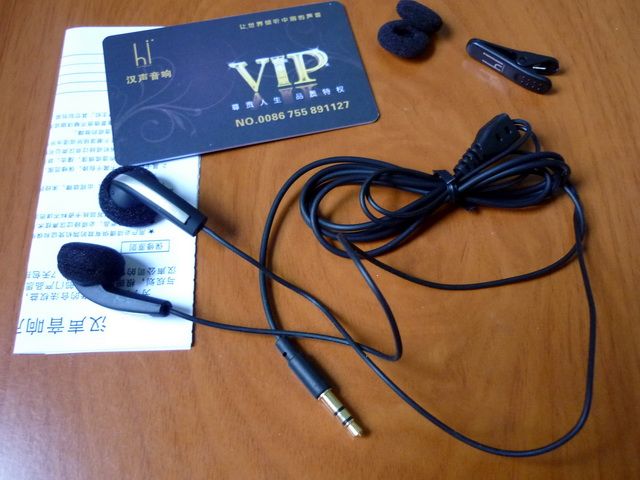
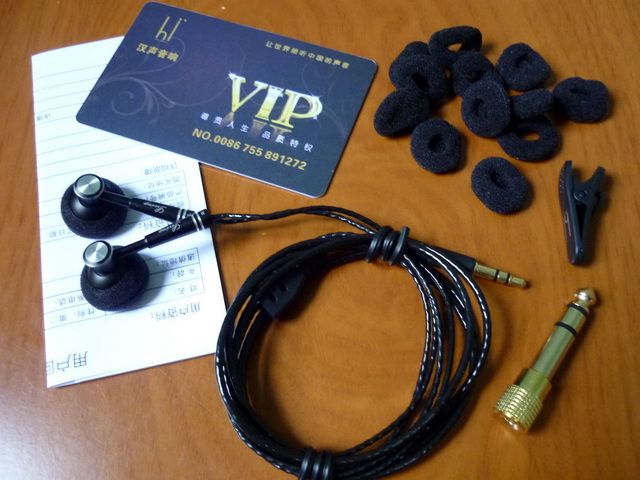
Overall, build quality is quite decent. It is worth noting that the cables on all models are pretty good in quality, especially on Living and Crystal. The cable guides (chin slider) are missing on all models. This is more of an issue for the IEM as it makes it hard to use them over-the-ear or secure the cable under the chin. One extra note is that Living has visible glue mark around the transducer housing. According to HSA, it is a special type of glue that is meant to both seal and provide dampening to the transducer. It does have an unfinished look to it but it doesn’t impair any function and is covered by the foam pad anyway, so it is not a big deal. I just thought I’ll mention it in case someone thought they might have received a fake earbuds which in fact is the genuine product. Last but not least, I detect a very mild case of driver flex on Battleflag. Annoying but It is not enough to worry me
Overall I am satisfied with what I have seen on these earphones. While they are generally good, they do have a few minor issues of their own. 1st, it is confusing to name different batch of different model with the same / similar naming. 2nd, packaging really need improvement, especially on printing out the spec (which is the basic of all the basic). 3rd, a chin slider / cable guide, especially on the IEM models, should be included. While HSA is targeting more on the niche audiophile market right now, these improvements will help to lift the company’s DIY’ish image and help to attract a bigger audience.
Sound Quality
All models have been burnt in for over 50 hours before the review. No significant change was detected during and after the process.
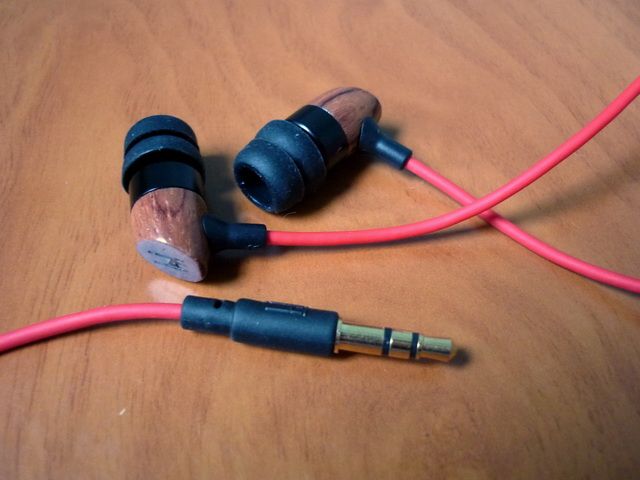
It is hard to define how ‘woody’ sounds like by words, but there is always a sense of lushness caused by reverberation of the wooden IEM housing that are pleasing to the ears, though it might not be the most accurate sounding. Like many woody IEM, Battleflag (Popo) carries the lushness of the wood into its warm and sweet sound signature. While it is quantitatively above average, bass can often be boomy but shallow in depth. However, it is not boomy enough to be offensive and in fact, quite enjoyable for casual listening. Though it is classified as being sweet sounding, the mid isn’t particularly forward. It has enough warm and thickness to keep pace with bass and give it some sweetness, but back away enough to reserve a sense of space between the signer and the listener. Treble has good extension but missing some of the top end sparkle – not something very noticeable unless you are looking for it. It is decently crisp but overall smooth and tends to trail behind the mid and bass. Soundstage is pretty good, airy, specious but more immersive than it is transparent. Technically, Battleflag is not strong in any particular area. But as a whole, the sum is larger than its parts. It is rich, it is lush, and most importantly, it is fun and relaxing to listen to. This makes it compared well to more expensive IEM like the Shure SE215 and even Fischer Audio Tandem. For its price tag ($59), it is not quite as ‘popo’ as its official name might let you to believe in.
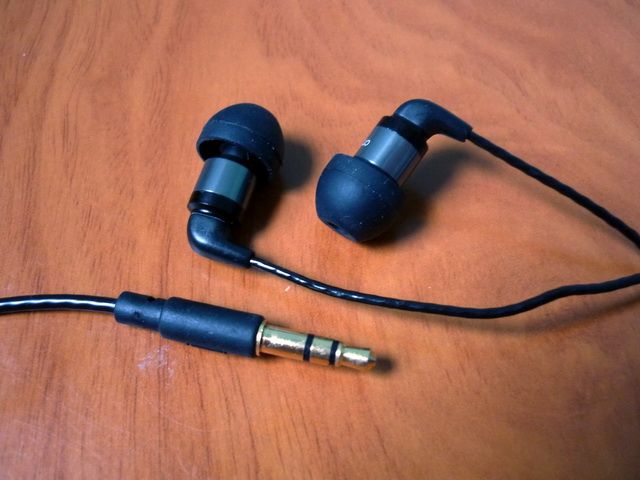
As mentioned before, the Crystal under review is really the $199 Golden Crystal. The sound signature, in short, can be described as the dynamic version of the Brainwavz B2. It is bright and analytical with a slightly aggressive presentation. Bass, though no abundance by any mean, has really good body and impact that are not often found in analytical IEM. Mid is placed slightly away from the listener but not enough to really call recessed. Thought it lacks a sense of thickness, the overall detail of vocal is still very clean and decent. Treble is crisp, sparkly, well extended and full of micro detail. It can be slightly harsh on bright passage, but never quite as the more aggressive B2. As a dynamic transducer based IEM, Crystal offers something different from B2. That is, it is more specious, textured and with a better bass reproduction while B2 offers better speed, resolution and fine sparkle. Those who find B2 to lack a bit of the lower end or just a bit too much on the higher end will likely find Crystal to be the perfect substitute as technically, the two are very much comparable with just a small touch of different in presentation.

The overall sound signature of PAA-1 Pro is rich, warm but most neutral, smooth and relaxing. While tonally rich and full (which gives the earbuds a sense of warmness), the overall presentation or the sonic energy distribution is actually rather neutral, if not with a slight roll off at both ends. It is smooth but never feels lacking in particular area, neither excessively bassy, sweet in mid nor bright in treble and vice versa. If there is any flaw, it will be its slightly slow speed and overall flatter dynamic. But on the other hand, those are what make it so smooth and relaxing and good with any music that doesn’t required a fast speed to enjoy. For the same price range, it is still not quite the competition for Blox M2c. But other than Blox, the PAA-1 Pro still compared well with pretty good sounding earbuds like CrossRoads HR2, Yuin PK3 and BeB 328R. This makes it one of the most solid choices under $50, especially if considered that its build quality is a little ahead on the competition.
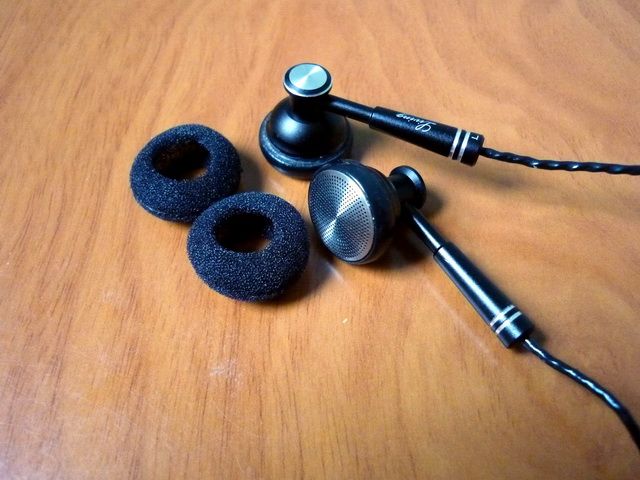
Verdict
One thing I notice immediately about these HiSound Audio earphones when I received them is that they are all of really good sound quality. At least they are befitting to the price HiSound Audio is asking and actually still make pretty good bang for bucks. It is a good sign that HiSound Audio knows what they are doing and what the market demands. But on the other hand, these earphones still lack something for the prime time just yet. With a bit more effort on build quality and overall packaging to take care of the detail, who to say HiSound Audio won’t make it big in the earphones’ world?
*Note: As mentioned, the Crystal under review is from the older batch. Though I believe it is the same sounding IEM as the Golden Crystal under the current batch, I could be wrong. So take it with a grain of salt when you are reading the review.
Check out The List and Earbuds Roundup for ranking.






